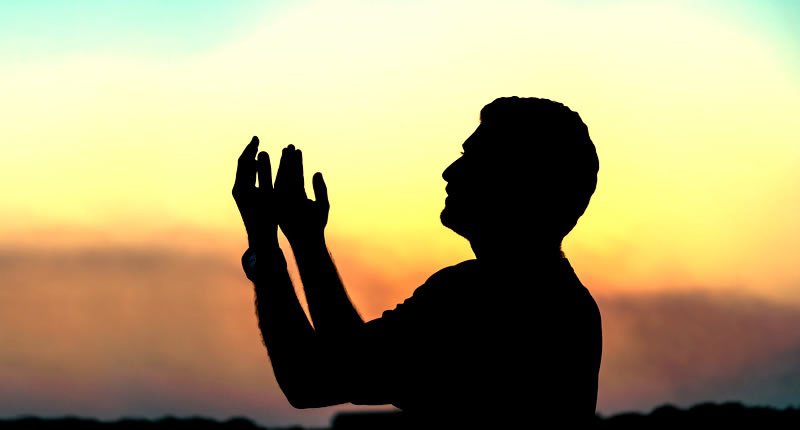
Dalit History Month – Revisiting Dalits’ Conversion to Islam in Tamil Nadu
Today in Dalit History, we revisit Meenakshipuram, Tamil Nadu, in 1981, which saw almost a 1000 Dalits, convert en masse to Islam.
Dalits in these areas were largely landless agricultural labourers or marginal farmers. They were subject to the constant assault and humiliation of Caste. All tea shops had two glasses, one for untouchables, one for others. They were harassed on the way to the fields and had to carry their chappals in their hand and remove their shirts while walking through Thevar (dominant Caste) areas. Any Dalits that got educated through reservation (affirmative action) were boycotted, denied places to rent, groceries at the shops and so on. Dalit children were mistreated in schools. No temples allowed them in and even the cremation grounds were segregated.
When two Thevars in the area were reportedly murdered, the police came by and picked up a bunch of Dalit folks and tortured them without a shred of evidence. This event acted as a tipping point. The community got together to organise and discuss options for moving forward. After the proposal of embracing a new faith came forward, options were carefully weighed. Buddhism was considered but many felt they were never exposed to it, although they had heard that Ambedkar had embraced it.
They considered Christianity but from what they knew of it, felt Caste had seeped into its practice too. They talked to the elders of each of these communities and considered the pros and cons. They finally went to speak to members of the South India Isha-Athul Sabai where they were welcomed, heard and supported. They felt comforted by the promise of community and oneness under God. A decision was finally made. Almost a 1000 members embraced Islam together.
What could be seen as an event in a tiny hamlet quickly caught the attention of nationwide media, organisations like RSS and the VHP (right-wing fascist organisations) began performing “re-conversion” ceremonies and promising them the sacred thread (given only to twice born “upper-Caste” Hindus). 3000 members of the Arya Samaj began a march through Meenakshipuram. Even the former prime minister, A.B. Vajpayee made a whole three-day visit to Meenakshipuram. They began offering water tanks, road facilities and other amenities. “Nobody gave a damn when we were miserable within their Hinduism!” said one convert.
Today, more than 35 years on, the events have had a sobering effect on the “upper” Castes. untouchability practices have declined although not eradicated. One of the converts, Ahmed Akbhar says `Those who shouted, ‘dey palan (derogatory Caste name) ‘, now call me “bhai” (brother). What we did was what we needed to do. That’s all.”
Shook by incidences like Meenakshipuram, many states, including Tamil Nadu, have enacted penalizing anti-conversion legislation to prevent “forced conversions”. Dalits almost unanimously condemn such laws working from the assumption that Dalits are puppets and not thoughtful communities acting in the interest of their well-being to reject faiths that oppress them.
–Dalit history month thanks S. Uddin for directing our attention to this event.

Notes on Dalits’ Conversion to Islam in Meenakshipuram, Tamil Nadu
by Heba Ahmed
Dalit History Month has today revisited Meenakshipuram, where in 1981, a thousand Dalits converted en masse to Islam. This seemingly small incident of a hamlet has been erased from every historical narrative: the saffron, the nationalist, the secular. Credit goes to anti-caste histories for bringing into attention an event which shook the Sangh Parivar.
The history of Meenakshipuram must be remembered in these days when Brahmanism is so complacently arguing about Dalits turning against Muslims. The notion of the anti-Muslim Dalit is very comfortable for a Brahmanism which seeks to exonerate itself of both anti-Muslim and anti-Dalit hatred and position itself at a comfortable vantage point where it can nicely “explain” caste and communal violence without accepting its own complicity in it. The Meenakshipuram conversion is a testimony against this Brahmanical conspiracy. It shows that marginalized Dalits have once sought emancipation through Islam. Meenakshipuram is an event against which the Hindutva apparatus has been built: the demolition of Babri, the program of gharwapsi, the demand for strict anti-conversion laws, even the terror of gau-raksha and the constantly attempted Hinduisation of lower castes.
But secular history has turned a blind eye to what Meenakshipuram stands for and the appeal of Islam to a thousand Dalits wanting to escape the depredations of Hinduism. Meenakshipuram breaks the comfortable binary which many still make between Hinduism and Hindutva.
Congratulations again to Dalit History Month. Anti-caste history embodies the power of memory against the amnesia of secularity.




+ There are no comments
Add yours